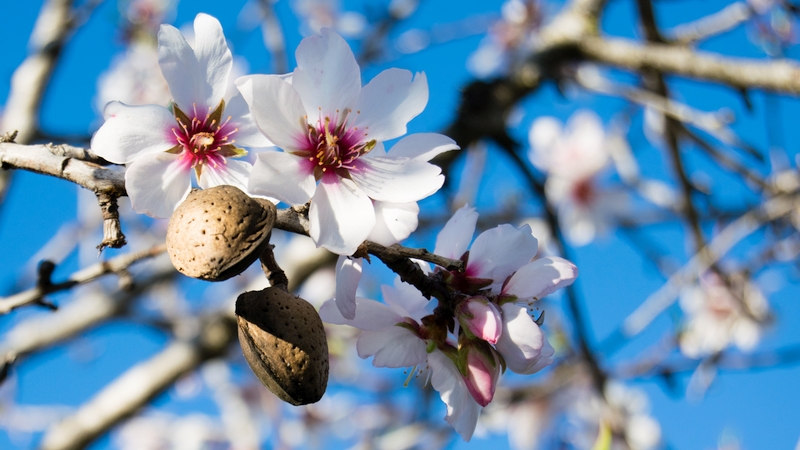New Ways To Look at Biological Crop Protection
No matter what direction you approach biological crop protection from, there are always new angles to consider and improvements you can make in your programs.
We asked experts from all corners of the biologicals industry to share some of these ideas that growers may not yet be considering, but that could make a difference in your success using biological tools. Here are a few of their thoughts.
James Maude, Senior Vice President, Acadian Plant Health:
Have a plan for what success looks like. With synthetic fertilizer, you put the fertilizer on and as long as there’s some moisture around you will see an effect. With a knock-down insecticide, you’ll see insects die, you’ll see them on the ground. With a herbicide, you’ll see the weed start to die.
You may not see those impacts from biological technologies, or it’s likely to take longer. So, it’s important to understand what the measurement of success is. If you were to apply a seaweed extract to a crop in perfect conditions, it’s got high nutrient availability, and it doesn’t experience any stress events, then you’re unlikely to see a direct benefit.
But if we make an application when the crop is young, when it’s very vulnerable to stresses and in a key physiological point in its life, if there’s a stress event, you will see an effect versus a crop that hasn’t had an application.
Bond Mcinnis,Technical Sales Manager, Agrauxine by Lesaffre
Understand what biological products can and cannot do well. Early application and timely application at the beginning of the first sign of infection is key. And every biofungicide needs to have good coverage of leaves, stems, fruits to really give you the performance.
Something I like about biocontrols — we have a very flexible label. We want to follow the label in terms of rates, but it may be ok to apply any time in the production cycle. There may be no max number of applications per season. Look at your label. What are the strengths? There are certain diseases or situations where one product is better than the other. That’s how you develop your program.
David Long, Seed Treatment Technical Manager, Albaugh
Consider compatibility. There are very few occasions where a biological product is going to be used by itself. Of course, we have organic production and some types of sustainable agriculture where biologicals may be used with other biological products. But many times, they’re used with traditional chemistries.
With these other chemistries, many times, fungicides, insecticides, or nematicides are built to attack fungi or bacteria. In some cases, these products (traditional chemicals) may contain a bactericide. You need to understand how those pieces fit. If you use a biological, you want it to survive.
Joy Youwakim, Agroecology Scientist, Biome Makers
Don’t be afraid to try something new. It’s very easy to get overwhelmed with the plethora of options. And you can surely find a product that works for you. Weed through the information and home in on exactly what you need. So do not fret. There is a solution. And we’re living in a really exciting time with a lot of great products on the market.
For more, continue reading the full article as part of our special report on Biological Crop Protection.
In addition, check out the previous reports in Meister’s Global Insight Series covering a range of topics from Irrigation Innovations to Agricultural Technology.










